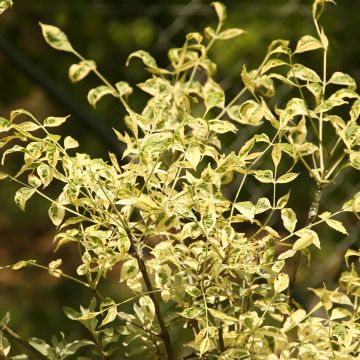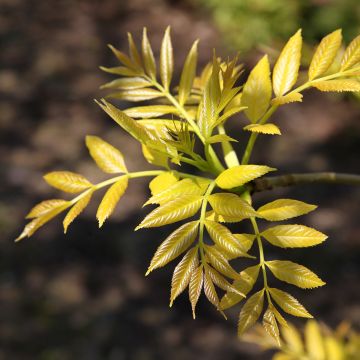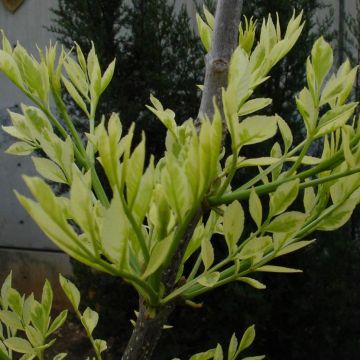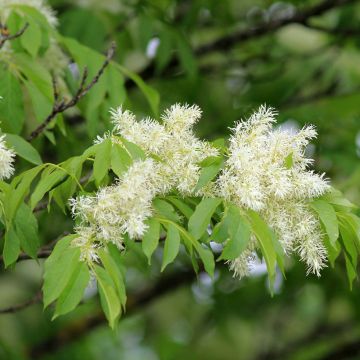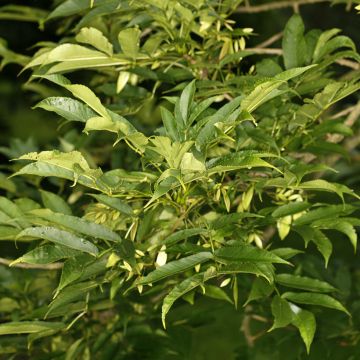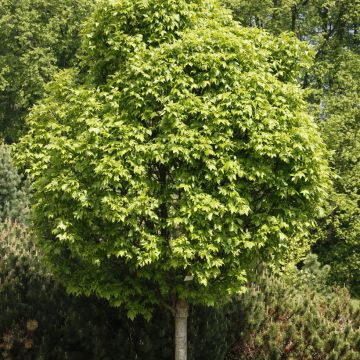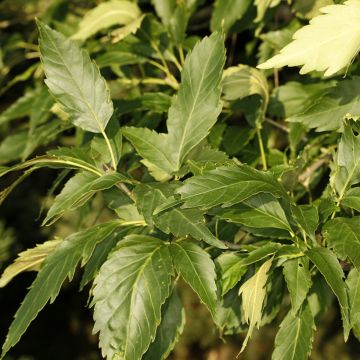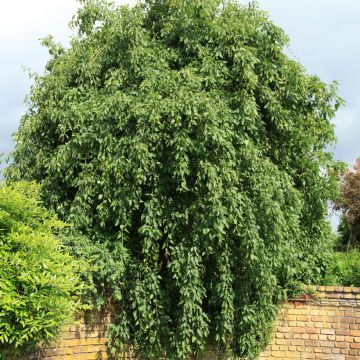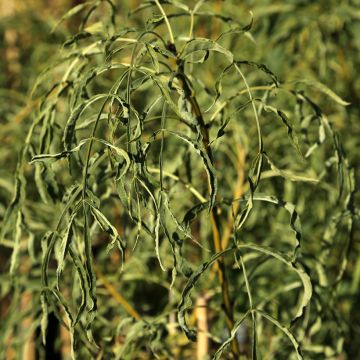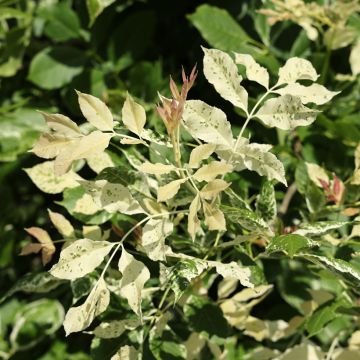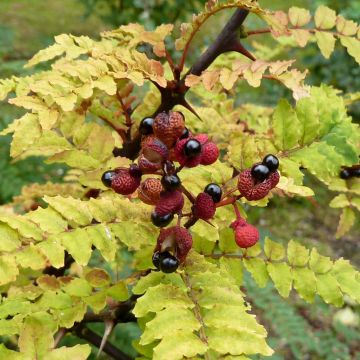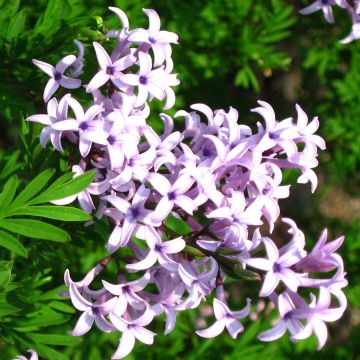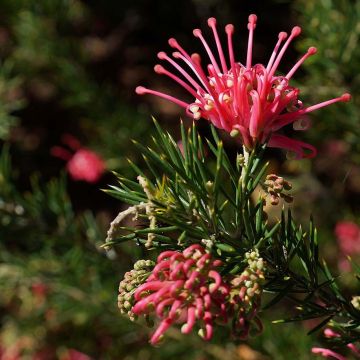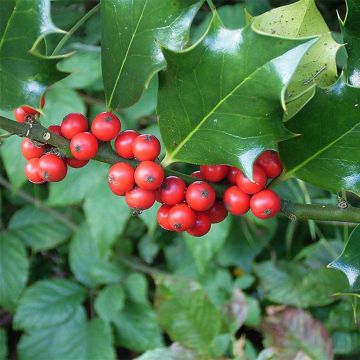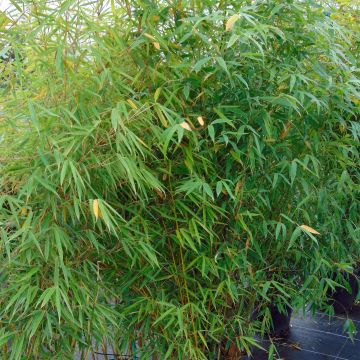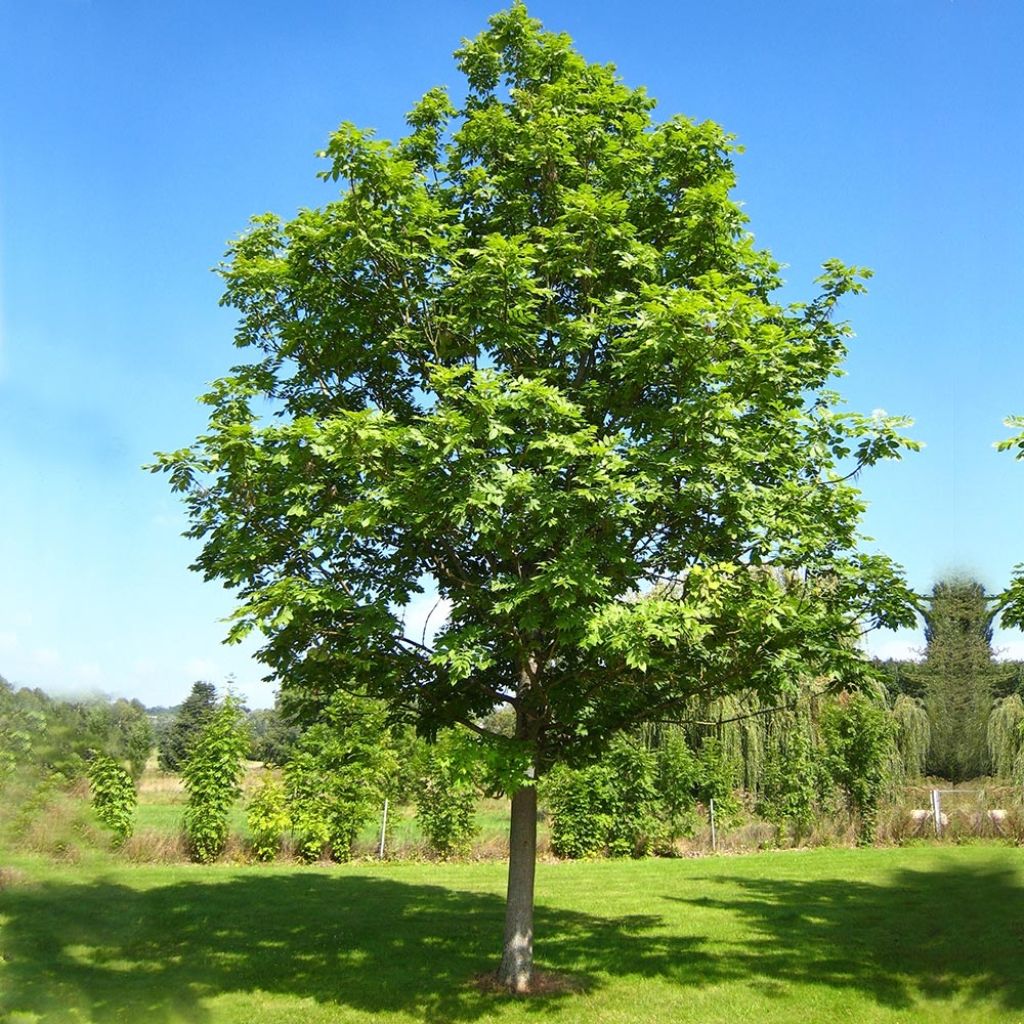

Fraxinus excelsior - Frêne commun
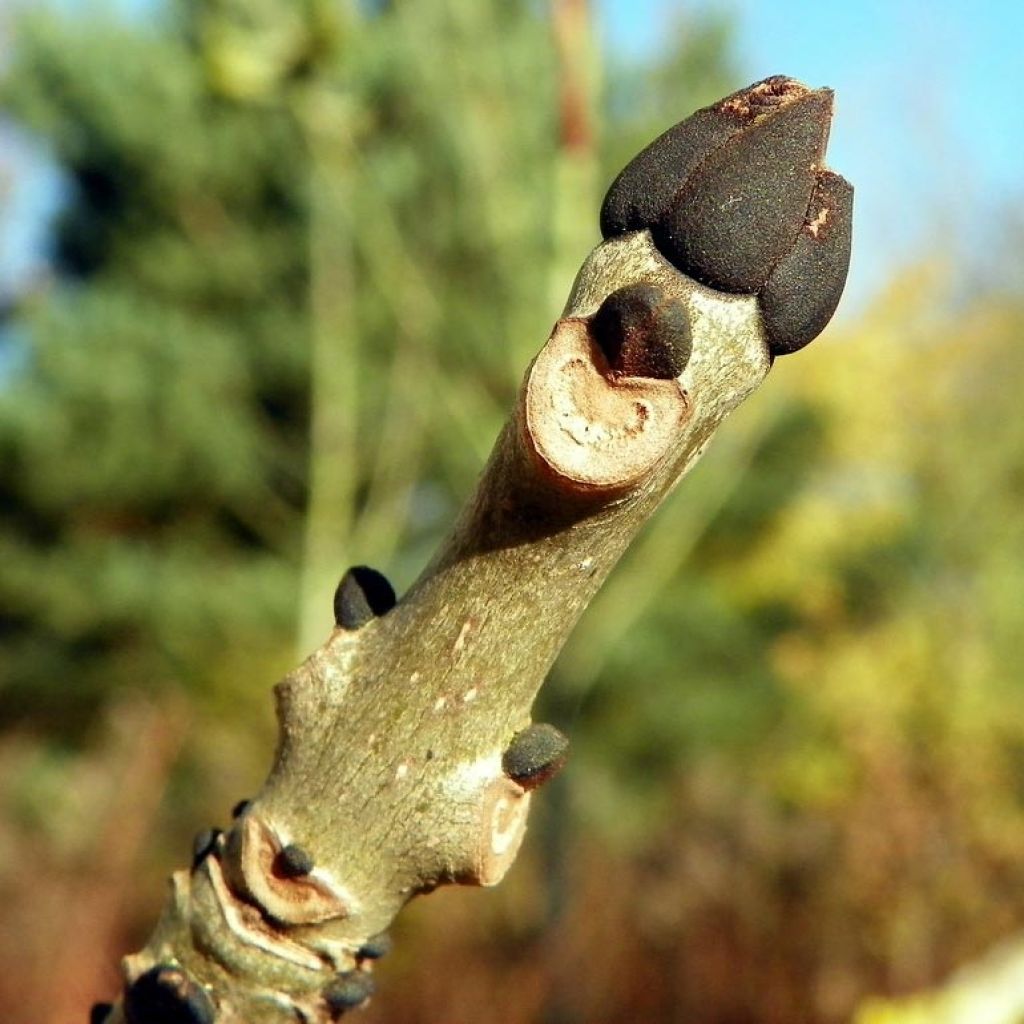

Fraxinus excelsior - Frêne commun
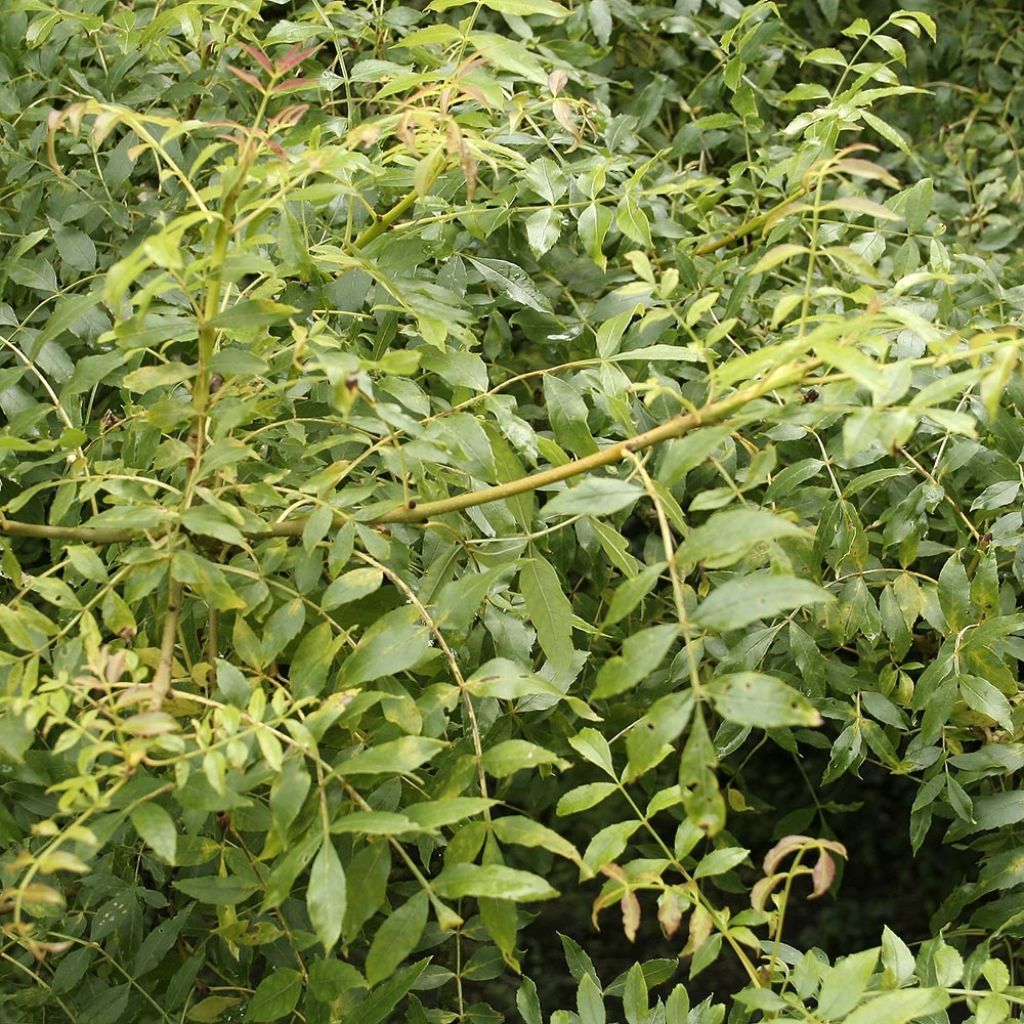

Fraxinus excelsior - Frêne commun
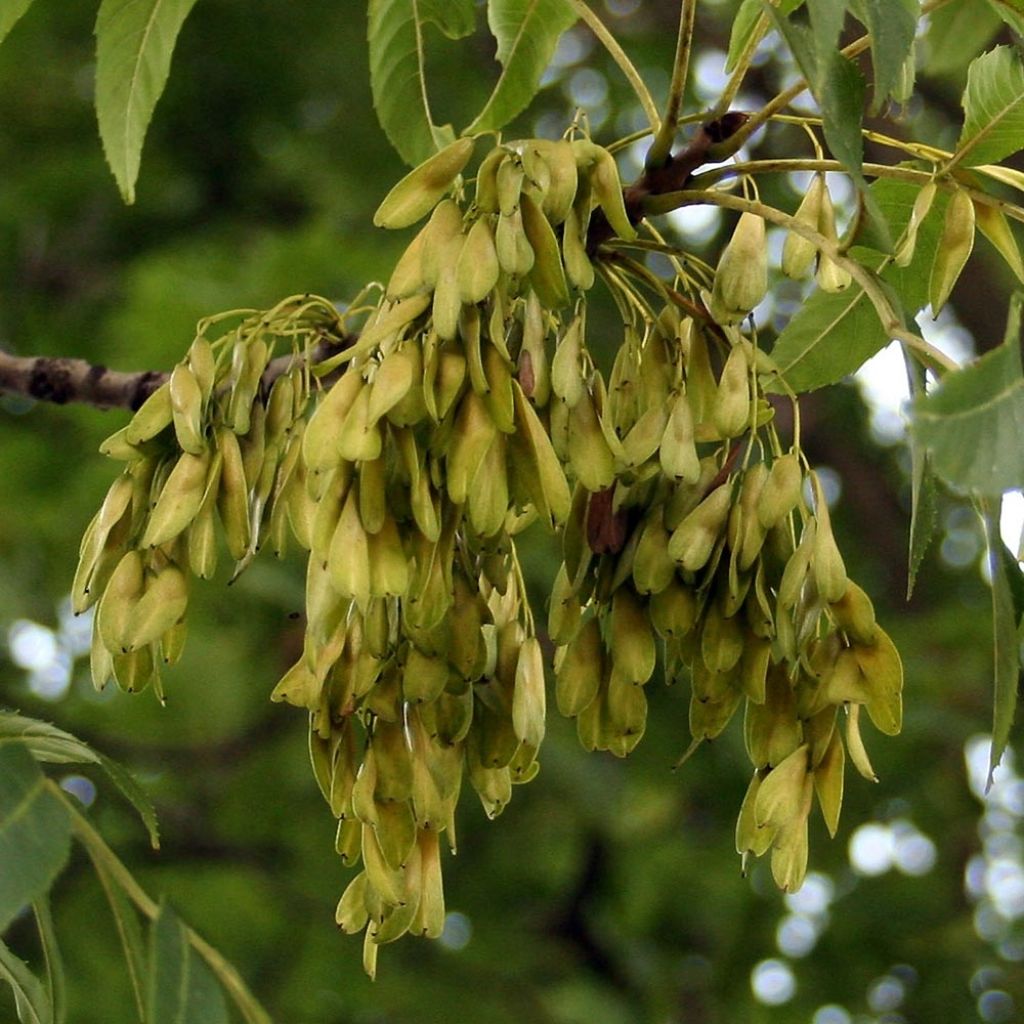

Fraxinus excelsior - Frêne commun
Fraxinus excelsior - Ash
Fraxinus excelsior
European Ash, Common Ash
Cancelling an order placed on 29/12, on 04/02, due to lack of supply, is not acceptable. We are at the end of the planting period, and you have wasted my time. Very, very disappointed.
Packak, 04/02/2025
Special offer!
Receive a €20 voucher for any order over €90 (excluding delivery costs, credit notes, and plastic-free options)!
1- Add your favorite plants to your cart.
2- Once you have reached €90, confirm your order (you can even choose the delivery date!).
3- As soon as your order is shipped, you will receive an email containing your voucher code, valid for 3 months (90 days).
Your voucher is unique and can only be used once, for any order with a minimum value of €20, excluding delivery costs.
Can be combined with other current offers, non-divisible and non-refundable.
Home or relay delivery (depending on size and destination)
Schedule delivery date,
and select date in basket
This plant carries a 24 months recovery warranty
More information
We guarantee the quality of our plants for a full growing cycle, and will replace at our expense any plant that fails to recover under normal climatic and planting conditions.

Does this plant fit my garden?
Set up your Plantfit profile →
Description
Fraxinus excelsior, or common ash, is a large tree. It is distinguished by its velvety black floral buds and its lanceolate leaves, dark green, turning yellow in autumn. Fastgrowing, this tree develops an elegant habit, composed of a very vertical trunk supporting a light and elongated crown, providing much appreciated shade in summer. Very cold-resistant, easy to grow in any soil, it will look great as a standalone tree in a large garden or near water.
Fraxinus excelsior, commonly known as the common ash or European ash, is a tree in the olive family, like lilac. It is native to Europe, Scandinavia, and Russia, where it is common along riverbanks and shores, as well as in forests.
This ash tree has an upright habit. It develops a clear vertical trunk, topped with a rounded to elongated crown that is rather closed when the tree is young, opening up with age. At maturity, this canopy is airy and light in appearance. The bark covering the trunk becomes grey, deeply fissured, and scaly. It is fast growing, typically reaching between 30 and 40 meters (98 feet 5 inches and 131 feet 2 inches) in height and 20 meters (65 feet 7 inches) in spread at maturity. The deciduous delicate foliage, consists of compound leaves with 9 to 13 very narrow and lanceolate leaflets, measuring 5 to 12 cm (2 to 4.7 in) in length. Dark green in colour, they turn yellow in autumn. Flowering occurs in spring, before the appearance of foliage, in the form of yellow-cream panicles. After pollination, they give way to samaras measuring 2 to 4.5 cm (0.8 to 1.8 in) in length.
Perfectly hardy and with limited requirements, the common ash can tolerate any non-burning exposure and adapts to any ordinary soil, including limestone, although its growth will be greater in fertile, deep, and moist soil. It tolerates pruning very well, including severe pruning, as it produces new shoots from the stump. If the conditions are suitable, it tends to self-seed very easily. Its foliage and elegant habit give it ornamental qualities. It will find its place as a standalone tree in a large garden, where it will provide pleasant shade in summer.
Report an error about the product description
Fraxinus excelsior - Ash in pictures
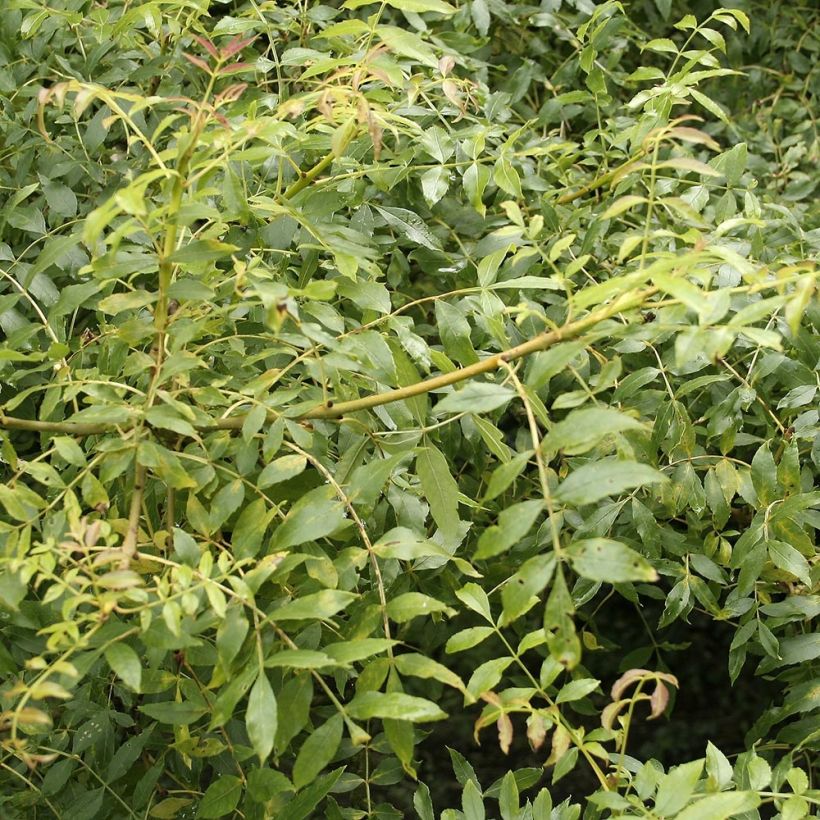

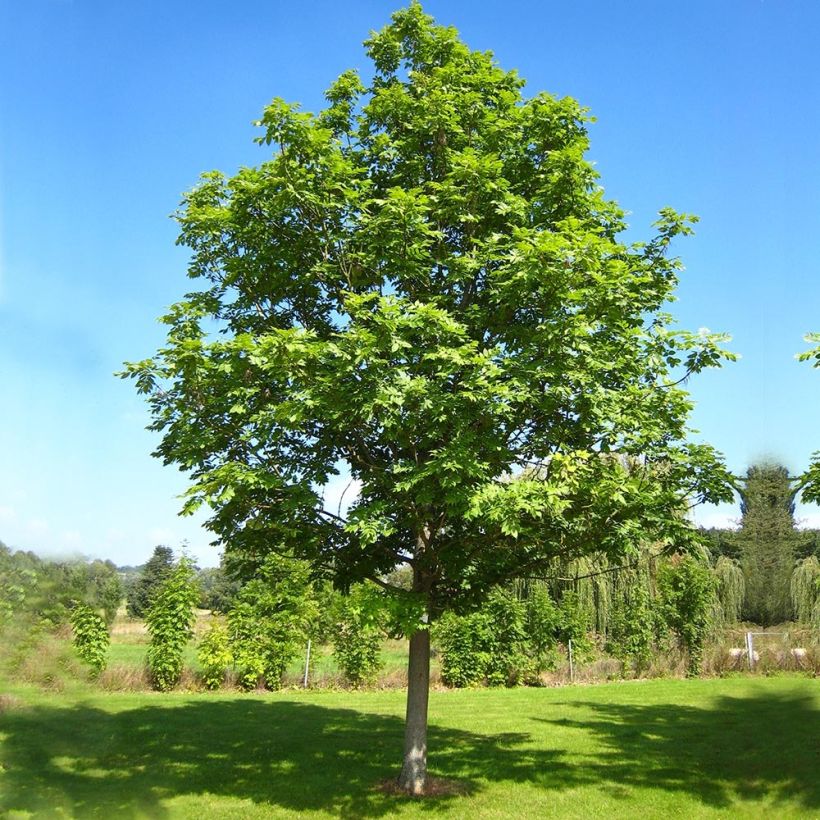

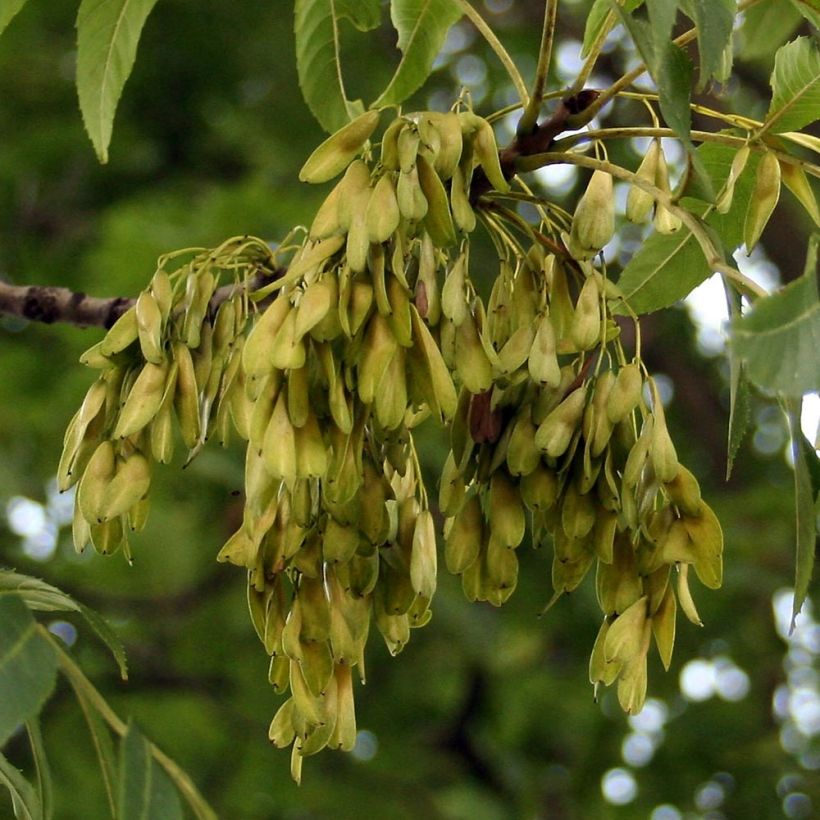

Plant habit
Flowering
Foliage
Safety measures
Botanical data
Fraxinus
excelsior
Oleaceae
European Ash, Common Ash
Central Europe
atteinterespiratoire
Cette plante peut entraîner des symptômes allergiques.
Evitez de la planter si vous ou vos proches souffrez de rhinite saisonnière ("rhume des foins").
Davantage d'informations sur https://plantes-risque.info
Other Fraxinus - Ash tree
View all →Planting and care
Plant Fraxinus excelsior in autumn or spring, choose an open location, with indirect sunlight, where the soil is deep, Consider the large space it will take up in the long term. If necessary, create a drainage pit with stones if your soil is very compact or has poor draininge. If your soil is poor, a leaf compost will be beneficial. Maintain regular watering during the summer following planting and ensure it is protected from prolonged drought for the following year. Mulching can help retain moisture at the base. It is important to keep in mind that this riverside tree requires consistently moist soil. It is perfectly frost resistant. Pruning consists of balancing the tree's shape every 3 years or so by thinning the centre of the canopy.
Planting period
Intended location
Care
Planting & care advice
-
, onOrder confirmed
Reply from on Promesse de fleurs
Similar products
Haven't found what you were looking for?
Hardiness is the lowest winter temperature a plant can endure without suffering serious damage or even dying. However, hardiness is affected by location (a sheltered area, such as a patio), protection (winter cover) and soil type (hardiness is improved by well-drained soil).

Photo Sharing Terms & Conditions
In order to encourage gardeners to interact and share their experiences, Promesse de fleurs offers various media enabling content to be uploaded onto its Site - in particular via the ‘Photo sharing’ module.
The User agrees to refrain from:
- Posting any content that is illegal, prejudicial, insulting, racist, inciteful to hatred, revisionist, contrary to public decency, that infringes on privacy or on the privacy rights of third parties, in particular the publicity rights of persons and goods, intellectual property rights, or the right to privacy.
- Submitting content on behalf of a third party;
- Impersonate the identity of a third party and/or publish any personal information about a third party;
In general, the User undertakes to refrain from any unethical behaviour.
All Content (in particular text, comments, files, images, photos, videos, creative works, etc.), which may be subject to property or intellectual property rights, image or other private rights, shall remain the property of the User, subject to the limited rights granted by the terms of the licence granted by Promesse de fleurs as stated below. Users are at liberty to publish or not to publish such Content on the Site, notably via the ‘Photo Sharing’ facility, and accept that this Content shall be made public and freely accessible, notably on the Internet.
Users further acknowledge, undertake to have ,and guarantee that they hold all necessary rights and permissions to publish such material on the Site, in particular with regard to the legislation in force pertaining to any privacy, property, intellectual property, image, or contractual rights, or rights of any other nature. By publishing such Content on the Site, Users acknowledge accepting full liability as publishers of the Content within the meaning of the law, and grant Promesse de fleurs, free of charge, an inclusive, worldwide licence for the said Content for the entire duration of its publication, including all reproduction, representation, up/downloading, displaying, performing, transmission, and storage rights.
Users also grant permission for their name to be linked to the Content and accept that this link may not always be made available.
By engaging in posting material, Users consent to their Content becoming automatically accessible on the Internet, in particular on other sites and/or blogs and/or web pages of the Promesse de fleurs site, including in particular social pages and the Promesse de fleurs catalogue.
Users may secure the removal of entrusted content free of charge by issuing a simple request via our contact form.
The flowering period indicated on our website applies to countries and regions located in USDA zone 8 (France, the United Kingdom, Ireland, the Netherlands, etc.)
It will vary according to where you live:
- In zones 9 to 10 (Italy, Spain, Greece, etc.), flowering will occur about 2 to 4 weeks earlier.
- In zones 6 to 7 (Germany, Poland, Slovenia, and lower mountainous regions), flowering will be delayed by 2 to 3 weeks.
- In zone 5 (Central Europe, Scandinavia), blooming will be delayed by 3 to 5 weeks.
In temperate climates, pruning of spring-flowering shrubs (forsythia, spireas, etc.) should be done just after flowering.
Pruning of summer-flowering shrubs (Indian Lilac, Perovskia, etc.) can be done in winter or spring.
In cold regions as well as with frost-sensitive plants, avoid pruning too early when severe frosts may still occur.
The planting period indicated on our website applies to countries and regions located in USDA zone 8 (France, United Kingdom, Ireland, Netherlands).
It will vary according to where you live:
- In Mediterranean zones (Marseille, Madrid, Milan, etc.), autumn and winter are the best planting periods.
- In continental zones (Strasbourg, Munich, Vienna, etc.), delay planting by 2 to 3 weeks in spring and bring it forward by 2 to 4 weeks in autumn.
- In mountainous regions (the Alps, Pyrenees, Carpathians, etc.), it is best to plant in late spring (May-June) or late summer (August-September).
The harvesting period indicated on our website applies to countries and regions in USDA zone 8 (France, England, Ireland, the Netherlands).
In colder areas (Scandinavia, Poland, Austria...) fruit and vegetable harvests are likely to be delayed by 3-4 weeks.
In warmer areas (Italy, Spain, Greece, etc.), harvesting will probably take place earlier, depending on weather conditions.
The sowing periods indicated on our website apply to countries and regions within USDA Zone 8 (France, UK, Ireland, Netherlands).
In colder areas (Scandinavia, Poland, Austria...), delay any outdoor sowing by 3-4 weeks, or sow under glass.
In warmer climes (Italy, Spain, Greece, etc.), bring outdoor sowing forward by a few weeks.






























